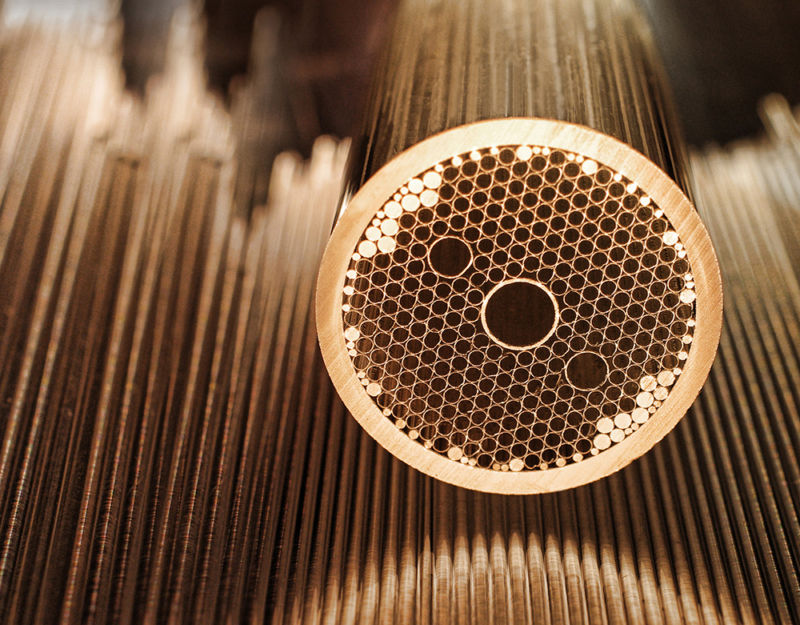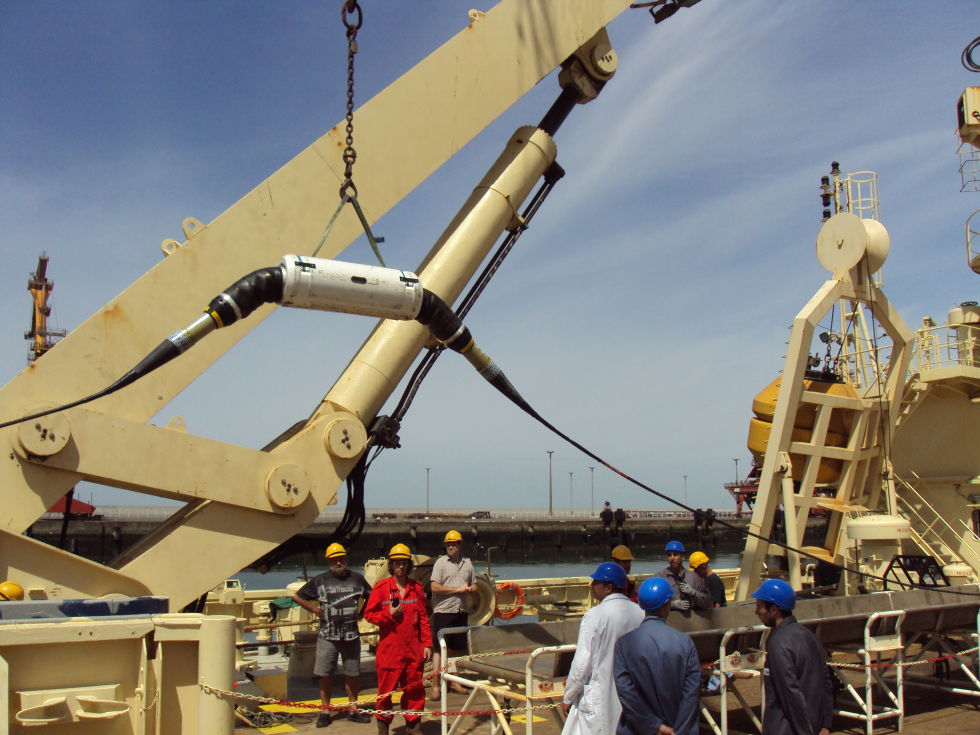
The recently agglomerated networking juggernaut Nokia-Alcatel-Lucent has managed to squeeze 65 terabits per second—about 8 terabytes per second—over a single fibre measuring 4,100 miles (6,600km).
To put that 65Tbps figure into perspective, the Faster submarine cable between the US and Asia, which is co-owned by Google and some Asian telecoms giants, pushes 60Tbps over 12 optical fibres. As of mid-2016 Faster is the fastest (!) commercially operated submarine cable, and yet it's about 13 times slower per-fibre (65Tbps vs. 5Tbps) than the Nokia-Alcatel-Lucent demo.
Another cable, Marea, being laid between the US and Spain, will carry 160Tbps over 16 fibres (10Tbps per fibre) when it's inaugurated sometime in 2017-2018. If Marea upped its per-fibre speed to 65Tbps its total capacity would be around 520Tbps, or 65 terabytes per second. That would let you transfer about 16,250 4GB Blu-ray rips per second.
Sadly, as always with these things, Nokia Bell Labs and Alcatel-Lucent Submarine Networks—which are now both part of the greater Nokia beast—are being rather frugal with technical details. We do know that it was over single-mode fibre, which is important as most of the world's current fibre infrastructure is also single-mode, meaning the tech has a higher chance of being commercially viable. We also know that probabilistic constellation shaping (PCS), a novel application of QAM, plays a key role in transmitting large amounts of data over longer stretches of fibre.
When it comes to actually getting the transmission rate up to 65Tbps, the only detail we have is that the researchers used dual-band erbium doped fibre amplifiers—a surprisingly simple form of optical amplifier that uses the perfect-for-single-mode-fibre (1530nm) stimulated emission of erbium ions. Beyond that, it's probably a case of very dense WDM (squeezing hundreds of different wavelengths of light down the same fibre at the same time), or perhaps WDM combined with OFDM. We've asked Nokia for more technical details; we'll update this story if it deigns to provide us with some.

Alcatel-Lucent, which was acquired by Nokia in 2015, is the world's biggest operator of submarine cables and systems, and has a long history of developing methods of pushing higher speeds over ever-longer distances. When Nokia Labs first unveiled probabilistic constellation shaping last month, it sounded confident that it could transfer the tech over to both backbone and last-mile optical connections.
Those two factors, combined with the fact that this 65Tbps tech demo was over 4,100 miles—the exact same length as that US-Spain Marea link—strongly suggest that this is the real deal.
reader comments
25